It is almost our last day shipboard. We have been enjoying our cruise. The sweet air, lack of crowds, tranquil scenery and fascinating excursions definitely were a welcome change from the bustle of the cities. Today we will visit a hill along the Yangtze called “Shibaozhai” in Chongqing, which is our final destination. Translated this means “precious stone fortress” and at the top of the hill is a temple. In the past in order to visit the temple it was a hazardous path that often involved being hoisted up the side of the cliff. In 1819 a red pavilion was constructed with 100 wooden steps to provide a less hazardous climb to the temple. The pagoda is built into the side of a cliff.
To access the pagoda we first must negotiate the market area and then cross the long, swaying Drunken Bridge so named because you walk like a drunkard while on it. We will have time for shopping in the market on our return trip so we pretty much storm through.
Prior to the building of the dam the pagoda was actually on top of a mountain but the dam caused the river to rise 70 meters so now it’s on an island. They issue a warning before you attempt to climb it because it’s 100 old, rickety wooden steps in a progressively narrowing stairwell. Like everything in China so far, it’s very crowded but affords some pretty spectacular views while you are ascending the levels.
When you reach the summit there is a garden area and a hole in the ground called “the duck well”. It is said that prior to the pagoda being built the monks that maintained the temple tossed a duck down there to see how long it took for it to reach the river. Another legend is the “rice flowing well”, a second geological feature that purported to allow enough rice to flow through each day to feed the monks and their guests. One day a greedy-ass monk decided to widen the hole and then the rice flow stopped. Lesson: quit throwing ducks down the hole because if you eat them you won’t have to worry about the rice flow.
We return across the Drunken Bridge to the marketplace. We are told this village was built as a relocation project from the dam construction. These folks had to abandon their traditional lifestyles and now sell trinkets to tourists. We see the vendors, often with their small children at their side, hawking their wares. These are the nicest and least intimidating of the many street vendors we encounter along our way. I am a little ashamed of bartering with these folks considering they probably live for a year on what I make in a pay period. The lives of the rural Chinese are decidedly different than those of their urban counterparts. This is driven home to us as we encounter a few Chinese families living on fishing boats as we get closer to the dock where our ship lies.
So while we prepare for Christmas by wrapping those presents (many of which were probably made in China), baking cookies and preparing feasts take a minute from the holiday frenzy to thank God for his grace and many blessings. Not a sermon, just a thought.
Next: Chongqing to Suzhou
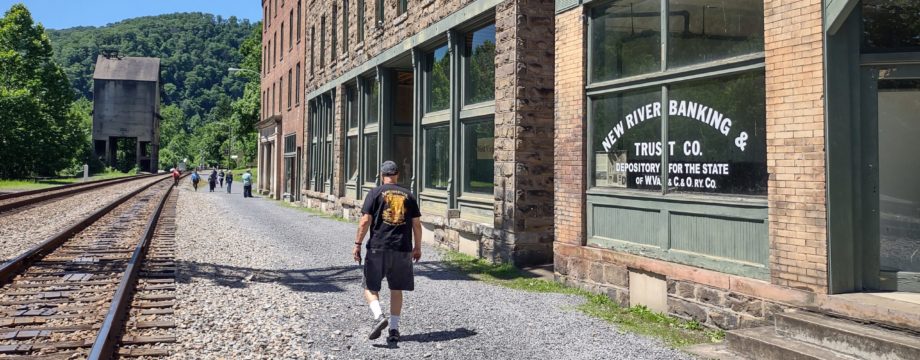
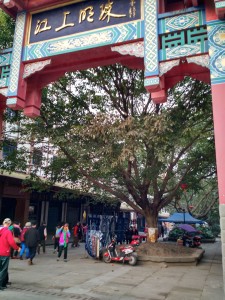
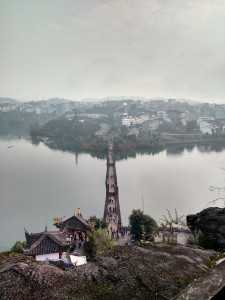
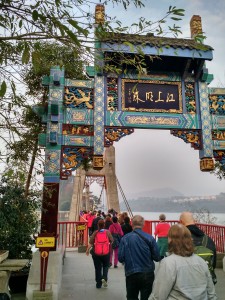
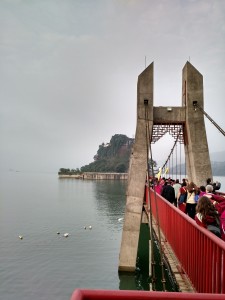

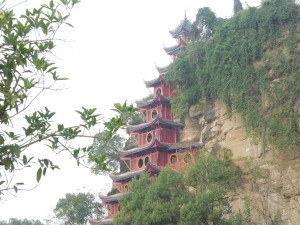
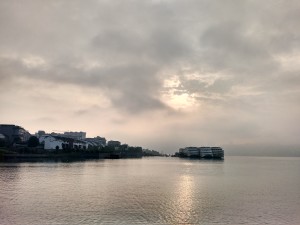
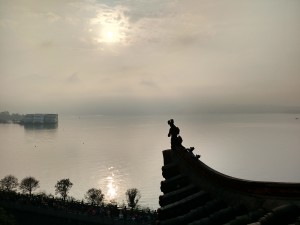
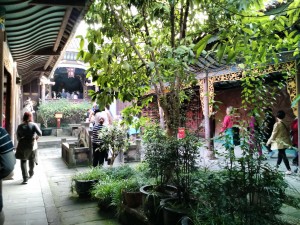
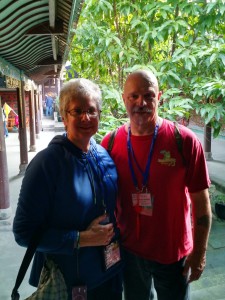
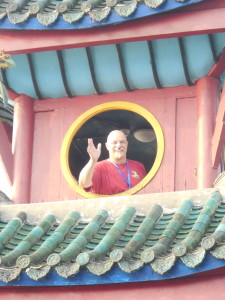
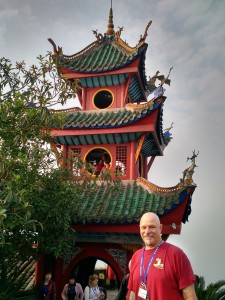
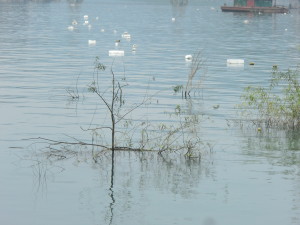
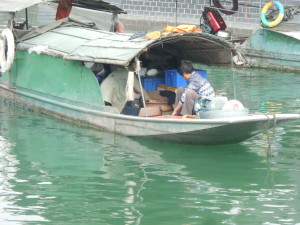
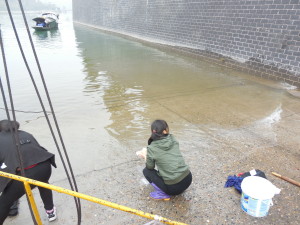
 Follow
Follow